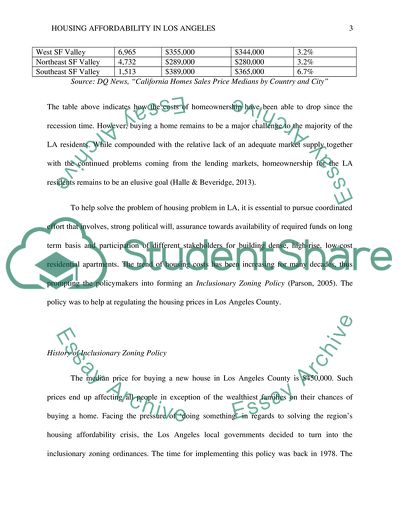Cite this document
(Housing Affordability in Los Angeles Research Paper - 1, n.d.)
Housing Affordability in Los Angeles Research Paper - 1. Retrieved from https://studentshare.org/social-science/1878609-urban-planningenvironmental-design-research-paper
Housing Affordability in Los Angeles Research Paper - 1. Retrieved from https://studentshare.org/social-science/1878609-urban-planningenvironmental-design-research-paper
(Housing Affordability in Los Angeles Research Paper - 1)
Housing Affordability in Los Angeles Research Paper - 1. https://studentshare.org/social-science/1878609-urban-planningenvironmental-design-research-paper.
Housing Affordability in Los Angeles Research Paper - 1. https://studentshare.org/social-science/1878609-urban-planningenvironmental-design-research-paper.
“Housing Affordability in Los Angeles Research Paper - 1”, n.d. https://studentshare.org/social-science/1878609-urban-planningenvironmental-design-research-paper.


